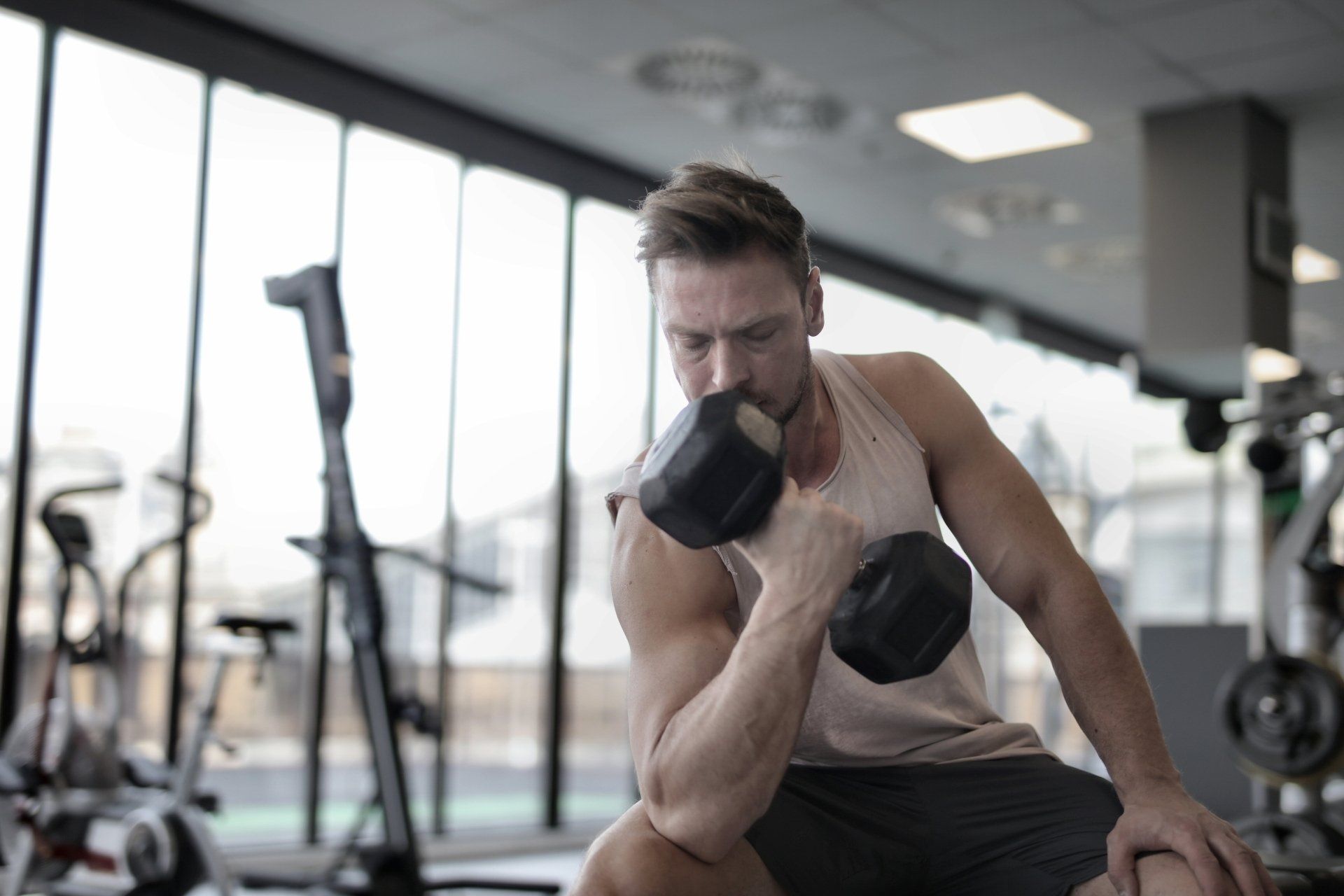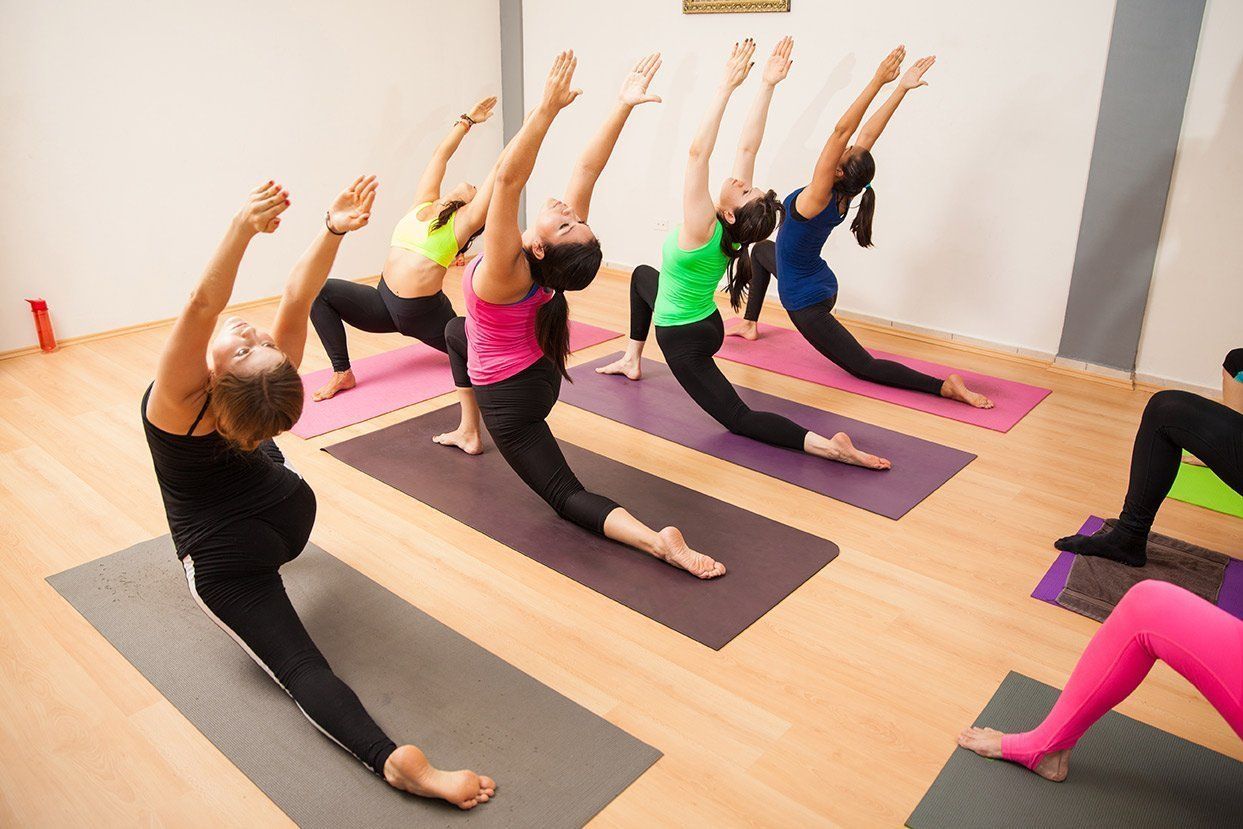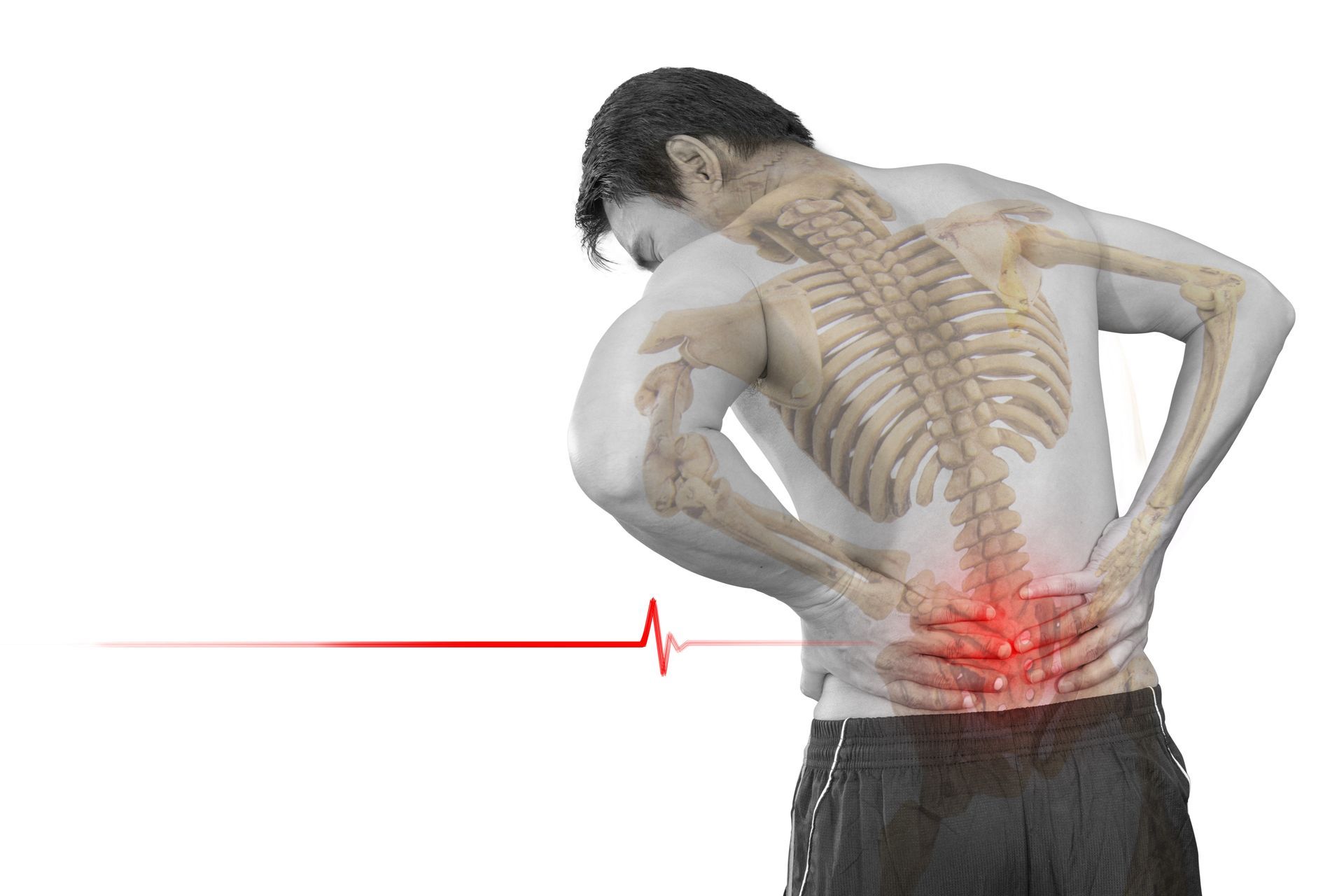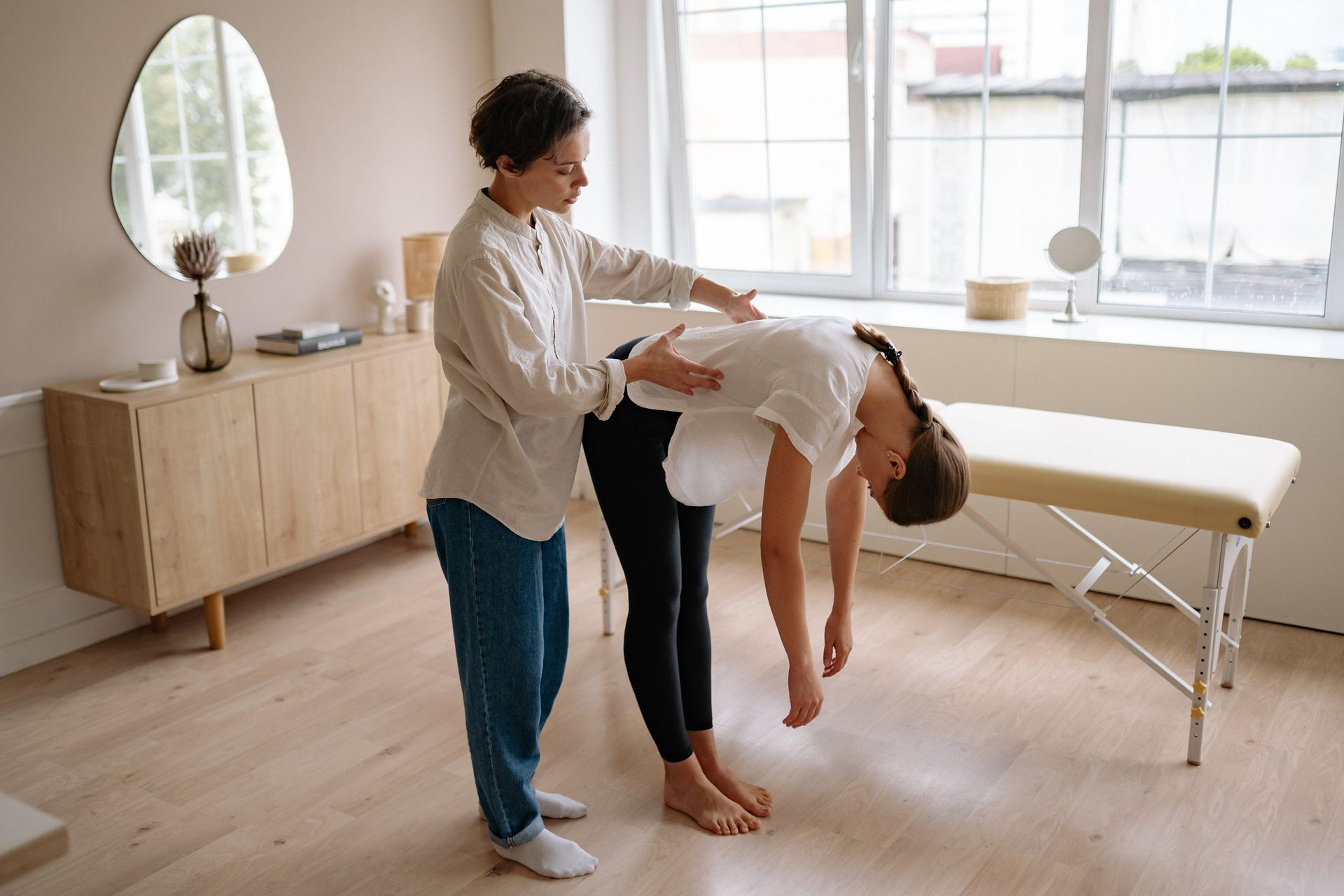Self-Myofascial Release
April 29, 2020
Benefits To Foam Rolling
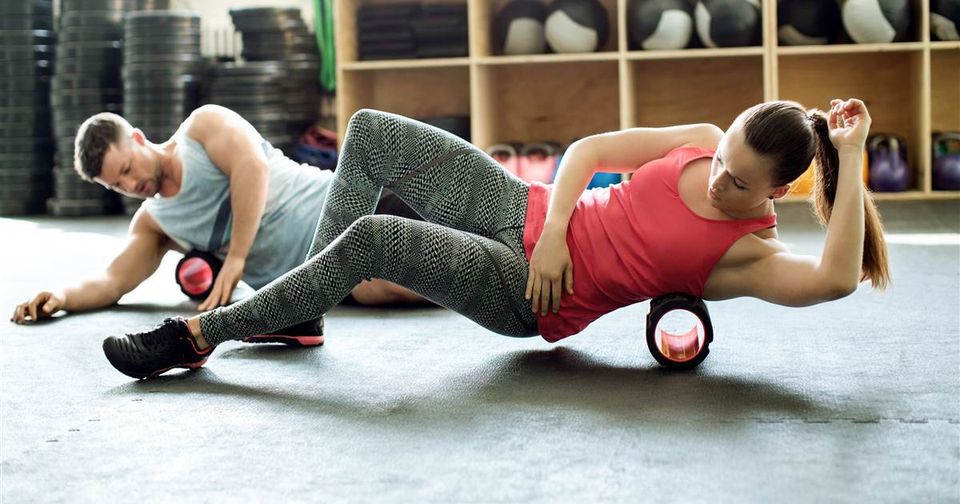
Foam rolling is a one time investment that cost less than $10. Similar to deep tissue massage, SMR works by releasing trigger points because of the principle of autogenic inhibition. Practitioners of SMR believe that the foam roller is one of the most effective tools for releasing tension in muscles and effectively improving overall range of motion.
Popular strength coach Mike Boyle has referred to foam rolling as a poor man’s massage. Advocates of the foam roller believe it is nearly as effective as massage is.
The foam roller is believed to have the benefits of correcting muscle imbalances, reducing stress, reducing pain, increasing joint range of motion, relieving muscle soreness and stress, improving the extensibility of the musculotendinous junction, increasing neuromuscular efficiency, and maintaining normal muscle strength.
Foam rolling is simply performed by taking the foam roller slowly rolling it across the muscle from which you want to release adhesions and knots. The foam roller is wedged between the floor and your body weight at the specific area you are focusing on.
You want to roll at a slow, controlled paced and stop on the most tender spots, directly focusing on the localized area where pain is most persistent. Once pain ceases, then move on to rolling out another area. Increasing the intensity of foam rolling is simple: just place a larger percentage of your body on the roller. To decrease the intensity, do the opposite. Expert trainer Mike Robertson recommends rolling from the proximal to the distal attachment of a muscle. When rolling the thighs, roll from the top to the bottom, focusing on one specific area; do not do the whole targeted area at once. Robertson believes this sequence is important because, as you gain proximity to the distal muscle-tendon junction, there is greatly increasing tension.
In summary, you work the top half of the muscle first. Then, after that has loosened up, you can roll the bottom half. This will decrease the tension that is ensuing at the bottom of the muscle.
Foam rolling guidelines:
- Breathe slowly and controlled; this will relieve tension.
- Perform foam rolling exercises post workout and on off training days. Some advocate this as warm up. However, not enough studies have been performed on SMR effects regarding force production and potential injury prevention when foam rolling is used as a warm up.
- Spend approximately 1-2 minutes per technique per spot.
- Spend 30-45 second on painful/tender areas.
- For best results, practice daily.

Often it is hard to get a good night’s sleep. Even when we do fall asleep, the quality of sleep may be lacking. The following tips can assist you in getting that good night’s sleep: Have a time of inner reflection before bed. It is much easier to fall asleep and rest being at peace with one’s self. Avoid a pattern of sleeping 12 hours one night and then 6 the next. This does not equate to sleeping 9 hours a night. A true sleep bank simply does not exist. Oversleeping and under sleeping throw off your routine. Exercise. Avoid intense, late night sessions. If these were done early in the day, they would aid in a good night’s sleep, but if they’re done at night, the opposite Is true. Avoid alcohol, caffeine, and other stimulants in the evening hours before bed. Caffeine increases alertness, as do other stimulants. alcohol, however, will actually help you fall asleep, but it will greatly disrupt REM sleep; after a night of heavy drinking, you fall asleep early, but you are not resting. Avoid sleeping pills. These will create a dependency and should be a last resort. Get checked for sleep apnea. Many large, muscular men have sleep apnea that can easily be treated with a CPAP device that not only will improve sleep quality and performance but also can lower blood pressure and greatly improve overall health. Optimize your sleeping environment. Keep your room cool and dark. Sometimes even playing soft classical music can help you doze off into restful bliss. Relax at night and avoid extreme highs and lows. Neither promotes relaxation. If every time a certain person calls you, it results in an extreme emotional reaction, then, when you see that person calling, do not pick up the phone.
